11 Historical Figures Whose Secrets Weren’t Discovered Until Years Later
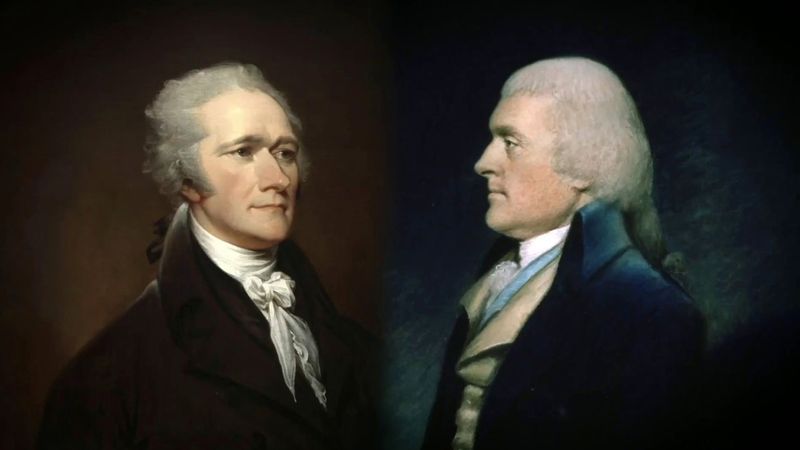
Throughout history, countless figures have left indelible marks on the world. Yet, many of their most intriguing secrets remained hidden until years, or even centuries, after their deaths. Some of these revelations came through unexpected discoveries, like the deciphering of hidden notebooks or the reinterpretation of long-lost documents. Others emerged through modern science, revealing truths obscured by time and circumstance. These secrets, once unveiled, have reshaped our understanding of these individuals, casting them in new and often surprising lights. Here are eleven historical figures whose secrets were only discovered much later, offering a fresh perspective on their lives and legacies.
1. Leonardo da Vinci

Leonardo da Vinci, the quintessential Renaissance man, left behind a treasure trove of private notebooks teeming with groundbreaking ideas. These journals, discovered long after his death, revealed his inventive mind, showcasing designs far ahead of his era. From flying machines to detailed anatomical sketches, his work transcended art, diving deeply into science and engineering.
These discoveries painted a picture of a visionary who blended creativity with scientific curiosity. Da Vinci’s ability to observe and document the world around him was unparalleled, bridging the gap between art and science in ways that continue to inspire.
His notebooks demonstrate a mind unbound by the confines of his time, forever altering our perception of this genius.
2. Thomas Jefferson
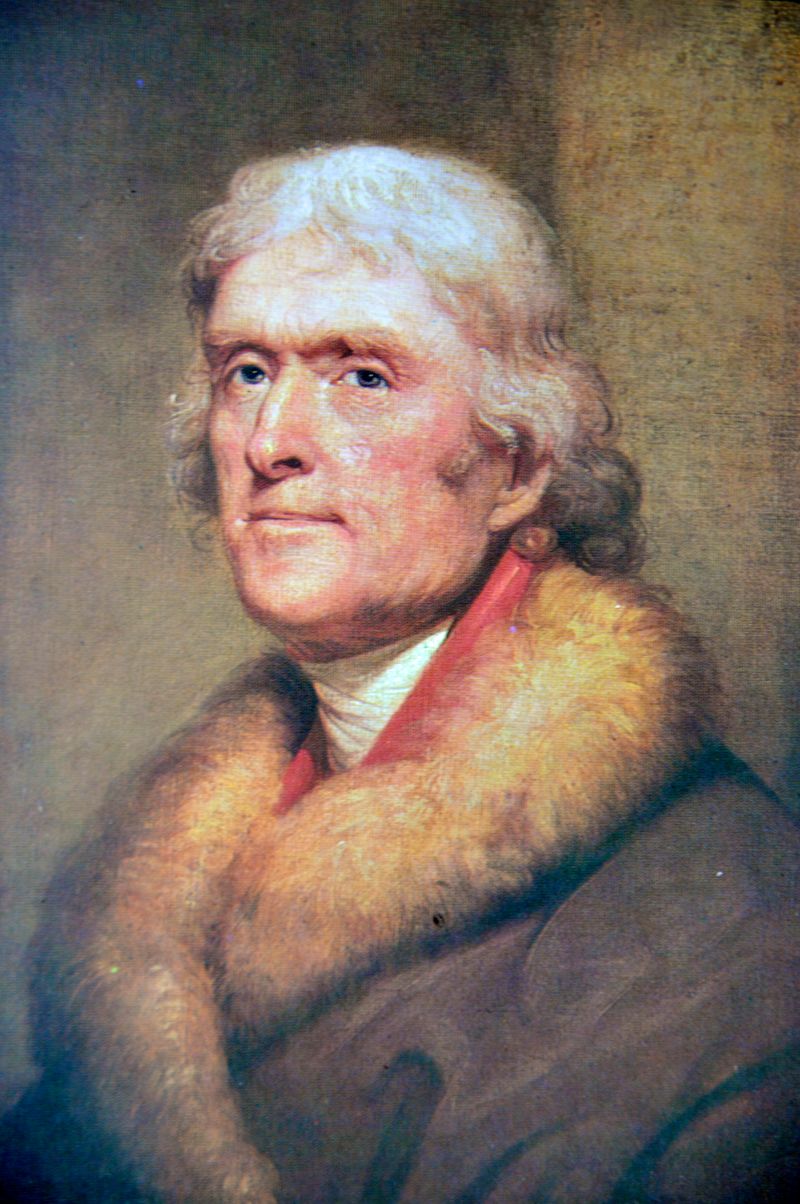
Thomas Jefferson, revered for penning the Declaration of Independence, harbored a secret that remained hidden for generations. DNA evidence, decades after his presidency, confirmed his long-rumored relationship with Sally Hemings, an enslaved woman at Monticello.
This revelation reshaped the narrative of Jefferson’s life, highlighting complexities in his personal relationships and his views on slavery. It provided a more nuanced understanding of the man behind the revolutionary rhetoric, revealing a personal life intertwined with the very institution he publicly criticized.
The discovery has sparked widespread discussions about Jefferson’s legacy, challenging the image of a Founding Father with a complex, contradictory personal life.
3. Cleopatra VII
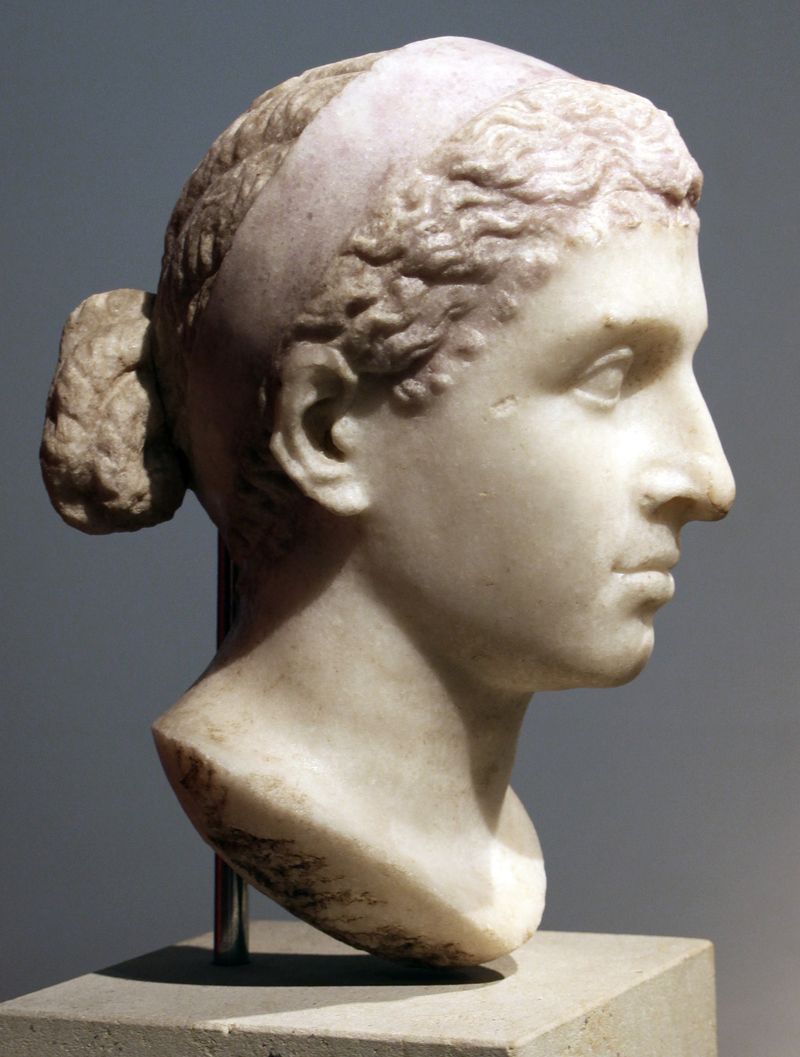
Cleopatra VII, often remembered for her fabled beauty, was far more than a mere seductress. Modern archaeological findings and textual analysis have uncovered a portrait of a shrewd, multilingual politician who strategically aligned herself with powerful Roman figures.
Her intelligence and political acumen allowed her to navigate the complex power dynamics of her time, using her wit to maintain Egypt’s independence amid Roman expansion.
This deeper understanding of Cleopatra reveals a leader who defied gender norms, commanding respect and wielding power in a male-dominated world. Her legacy, enriched by these discoveries, celebrates a ruler whose influence extended beyond her legendary allure.
4. Nikola Tesla
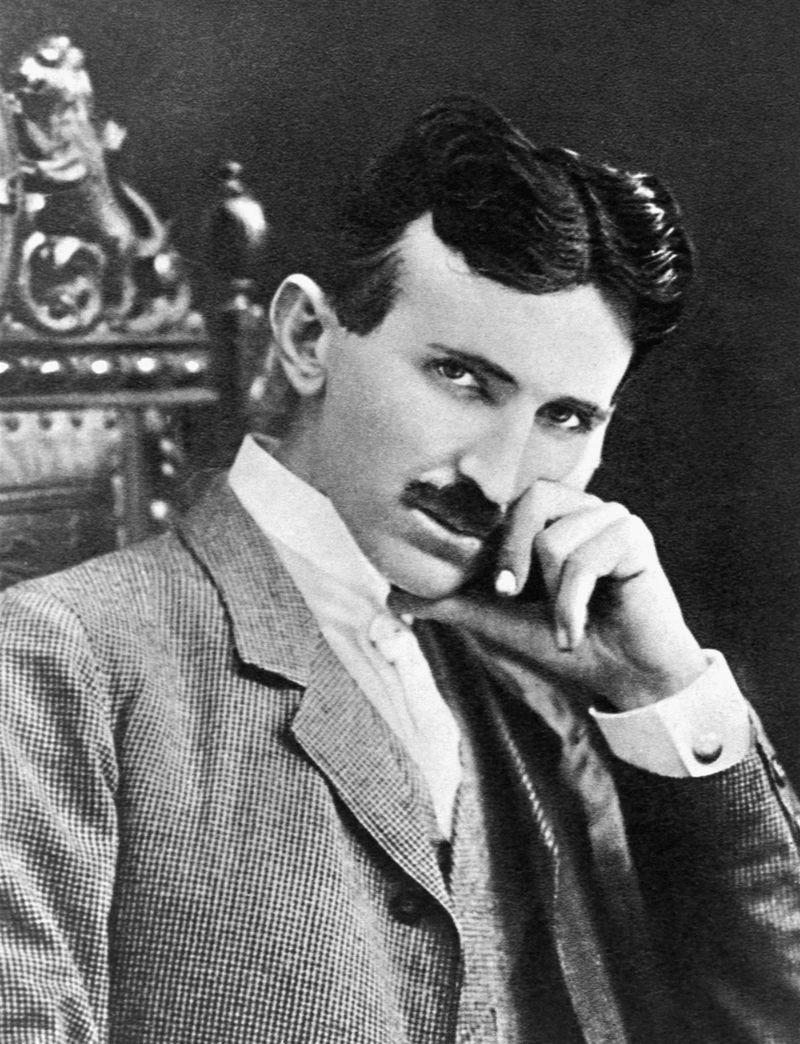
Nikola Tesla, the enigmatic inventor, is now celebrated for his visionary ideas that were only fully appreciated long after his death. His papers, discovered decades later, detailed experiments with wireless energy transmission, laying the groundwork for what we recognize today as Wi-Fi and radar.
Tesla’s imaginative concepts seemed like science fiction in his time, but they foreshadowed technological revolutions that shape our modern world. His ability to envision a future interconnected by invisible forces highlights his unparalleled genius.
Though often overshadowed in his lifetime, Tesla’s legacy continues to grow, fueled by the late discovery of his groundbreaking ideas that were well ahead of his era.
5. King Tutankhamun
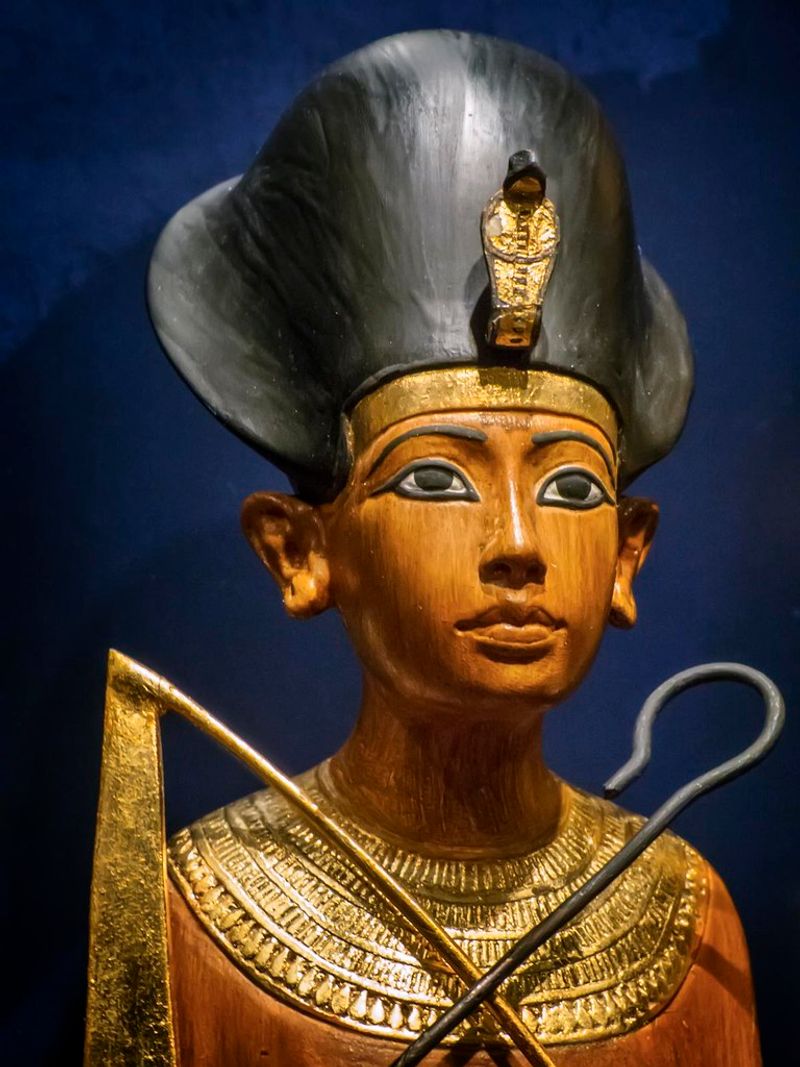
The young pharaoh, King Tutankhamun, remained an enigma until the discovery of his tomb in 1922. This archaeological marvel unveiled stunning artifacts that offered clues about his short reign and fragile health.
Historians pieced together a narrative of a young king possibly plagued by genetic disorders, with evidence suggesting an untimely death possibly due to assassination. The treasures of his tomb spoke volumes of ancient Egyptian culture and religious practices.
The revelation of these secrets redefined Tutankhamun’s historical narrative, transitioning him from obscurity to one of the most iconic figures in ancient history, forever captivating the public’s imagination.
6. Abraham Lincoln
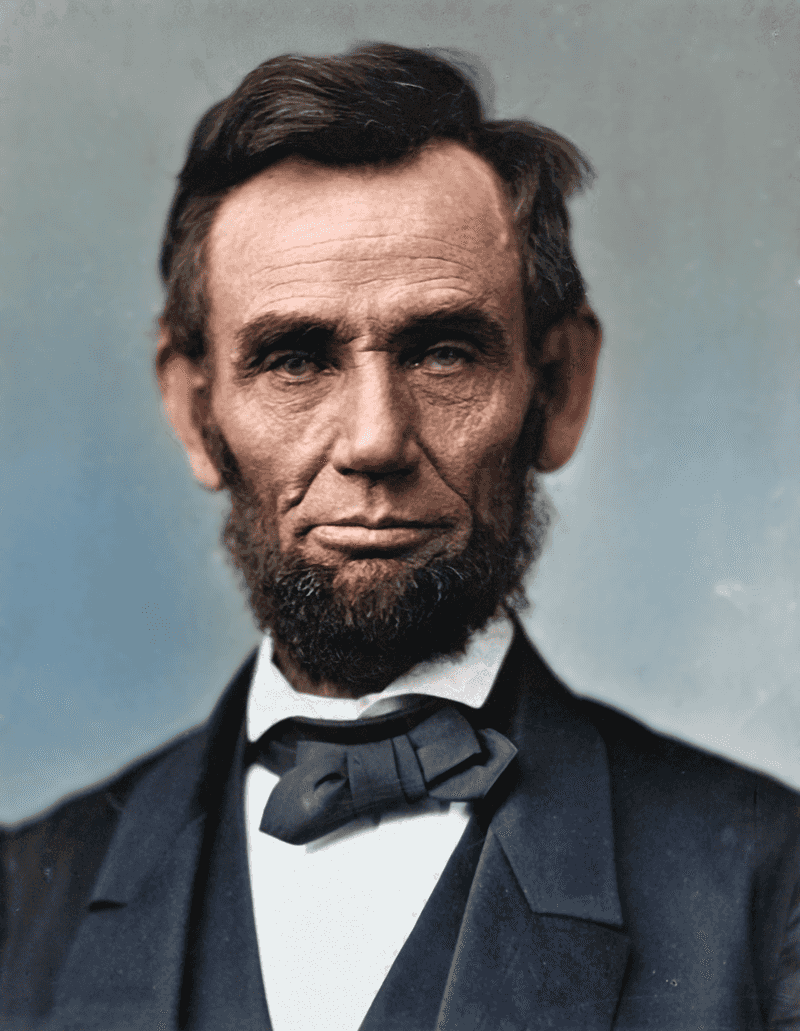
Abraham Lincoln, a figure synonymous with leadership and emancipation, held personal struggles that only came to light after his assassination. His letters and accounts revealed a man battling deep depression, far removed from the public persona of unwavering strength.
These documents offer a glimpse into Lincoln’s complex personal relationships and the internal conflicts he faced during his presidency. His humanity, marked by vulnerability and resilience, emerges through these writings.
This newfound understanding of Lincoln enriches the narrative of a man revered for his moral fortitude, underscoring the profound interplay between his private battles and public triumphs.
7. Agatha Christie
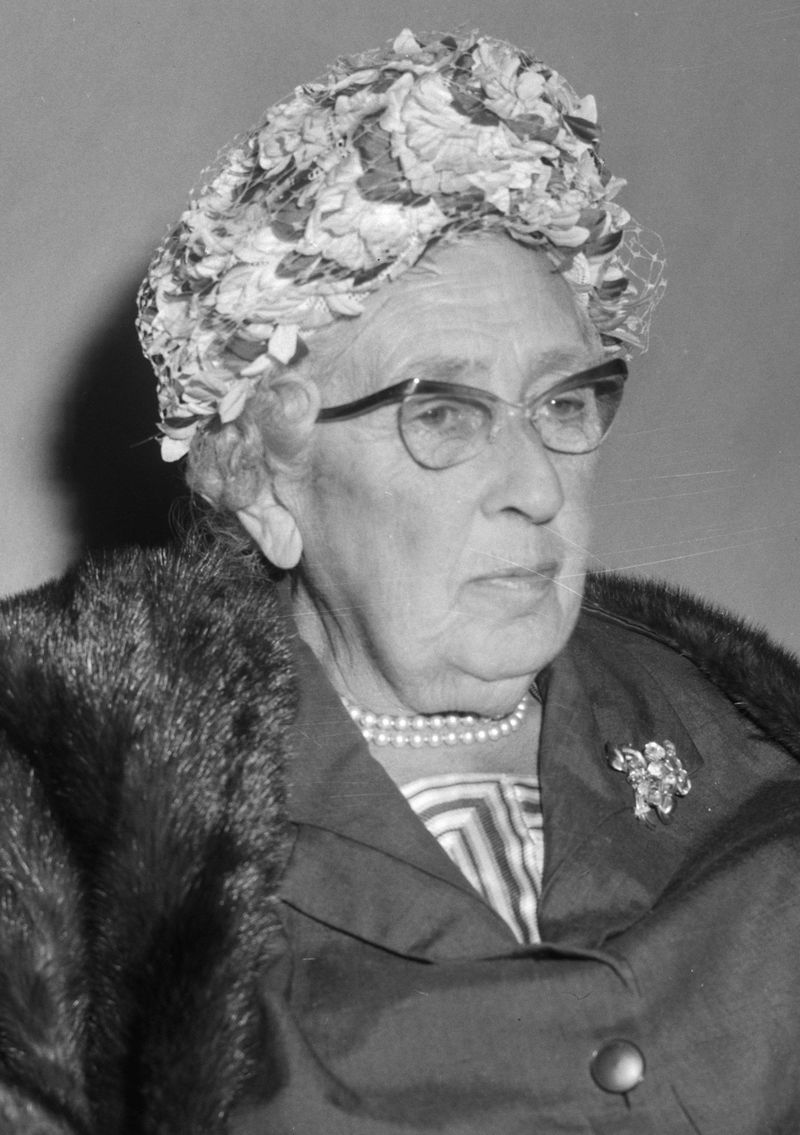
The queen of mystery herself, Agatha Christie, once became the subject of her own real-life enigma. In 1926, she vanished for 11 days, sparking public intrigue and speculation. Decades later, evidence suggested this disappearance was linked to psychological stress and marital discord.
Christie’s vanishing act was a plot twist worthy of her novels, capturing public imagination and showcasing the pressures faced by the celebrated author. Her ability to weave intricate narratives was mirrored by her own life’s unexpected turns.
This episode remains a fascinating chapter in the life of a writer whose mysteries continue to enthrall readers worldwide, blending fiction with reality.
8. Alan Turing
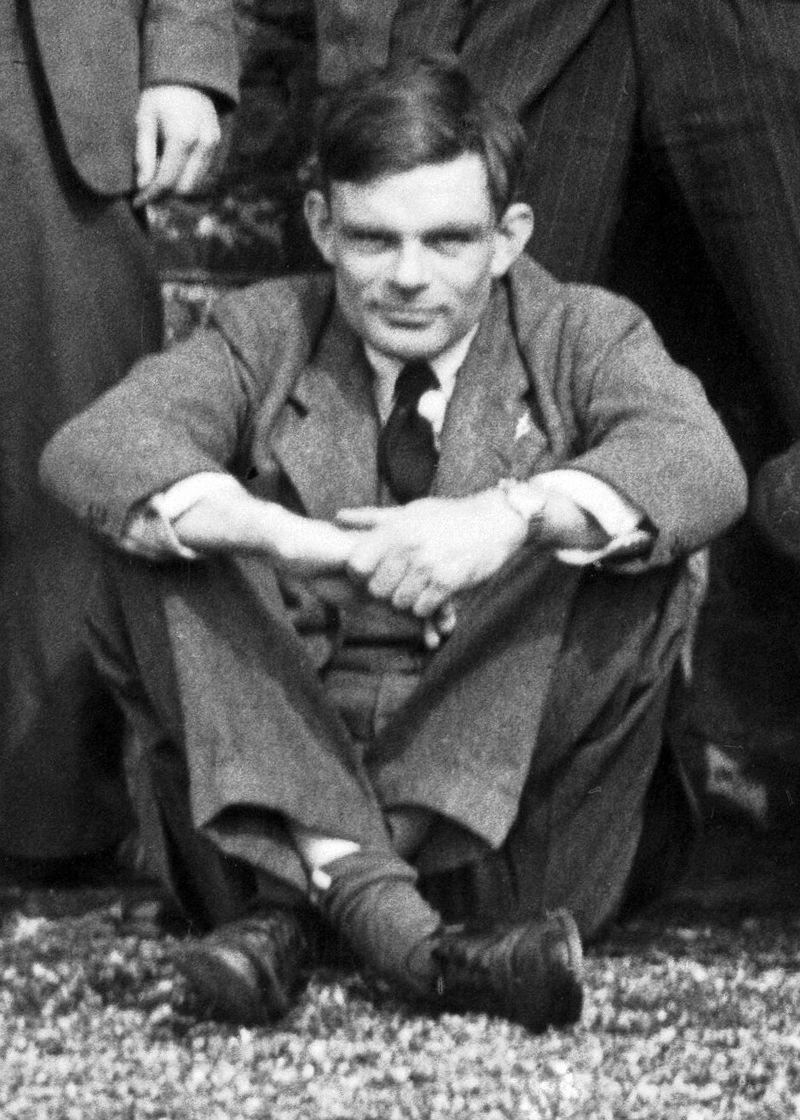
Alan Turing, the mathematical genius whose work laid the foundations for computer science, was a war hero whose contributions remained shrouded in secrecy for decades. His pivotal role in cracking the Enigma code during WWII was recognized much later, revealing the profound impact he had on the war’s outcome.
Turing’s intellect and persistence in the face of seemingly insurmountable challenges underscore his critical contributions to the Allied victory. His work not only shortened the war but also paved the way for modern computing.
The belated acknowledgment of Turing’s achievements has rightfully cemented his place as a monumental figure in history, beyond the tragic circumstances of his personal life.
9. Catherine the Great
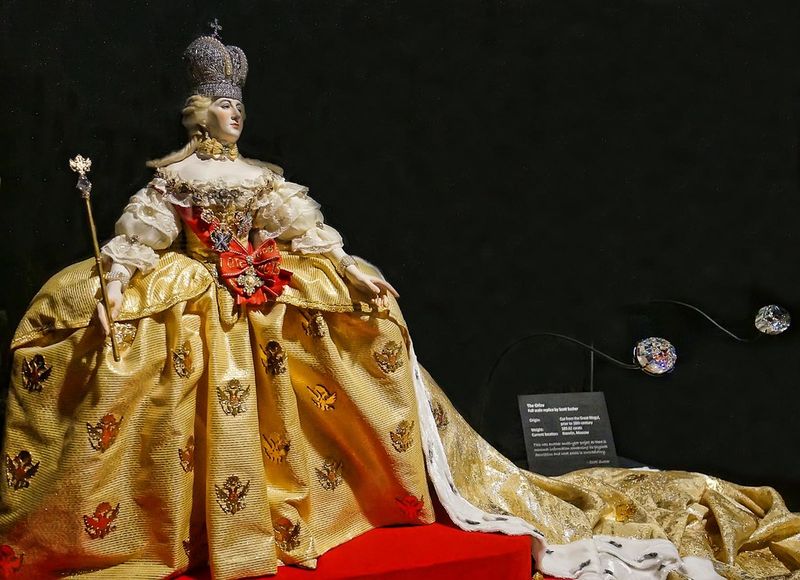
Catherine the Great, often overshadowed by scandalous rumors, was a formidable ruler whose true legacy is now being recognized through modern scholarship. Her correspondences and state records reveal her significant contributions to art, science, and law, positioning her as a forward-thinking leader.
These findings highlight Catherine’s intellectual pursuits and visionary reforms, contrasting with the myths that previously defined her image. She fostered cultural and intellectual growth, aligning her reign with the Enlightenment ideals.
As new insights emerge, Catherine’s impactful reign is celebrated, overshadowing the sensationalized stories, and reaffirming her status as one of history’s great leaders.
10. Vincent van Gogh
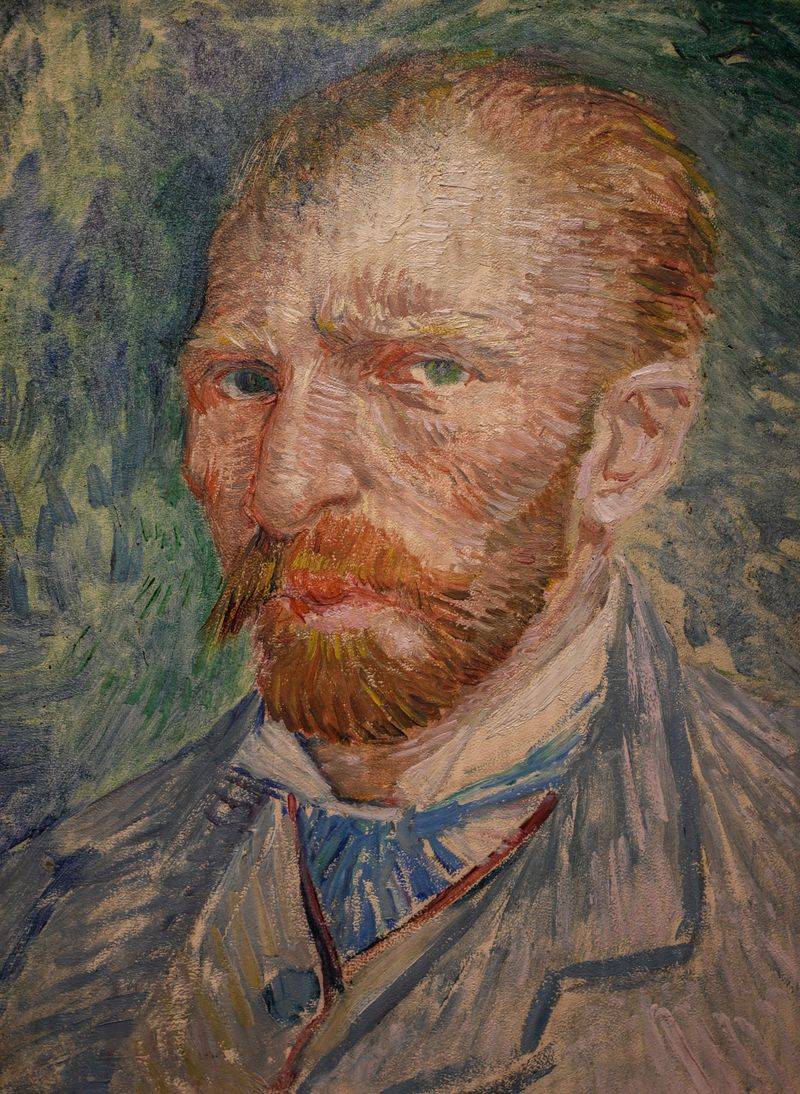
Vincent van Gogh, once perceived as the quintessential tortured artist, has a story that extends beyond the narrative of a lonely, struggling genius. Archives and research unveiled his deep bond with his brother Theo, who provided steadfast emotional and financial support.
Furthermore, new theories challenge the long-held belief that van Gogh died by suicide, suggesting a more complex scenario. These revelations paint a more nuanced picture of the artist’s life, marked by intense creativity and familial love.
Van Gogh’s legacy, informed by these discoveries, is enriched, offering a fuller understanding of the man whose art continues to resonate profoundly with audiences worldwide.
11. George Washington
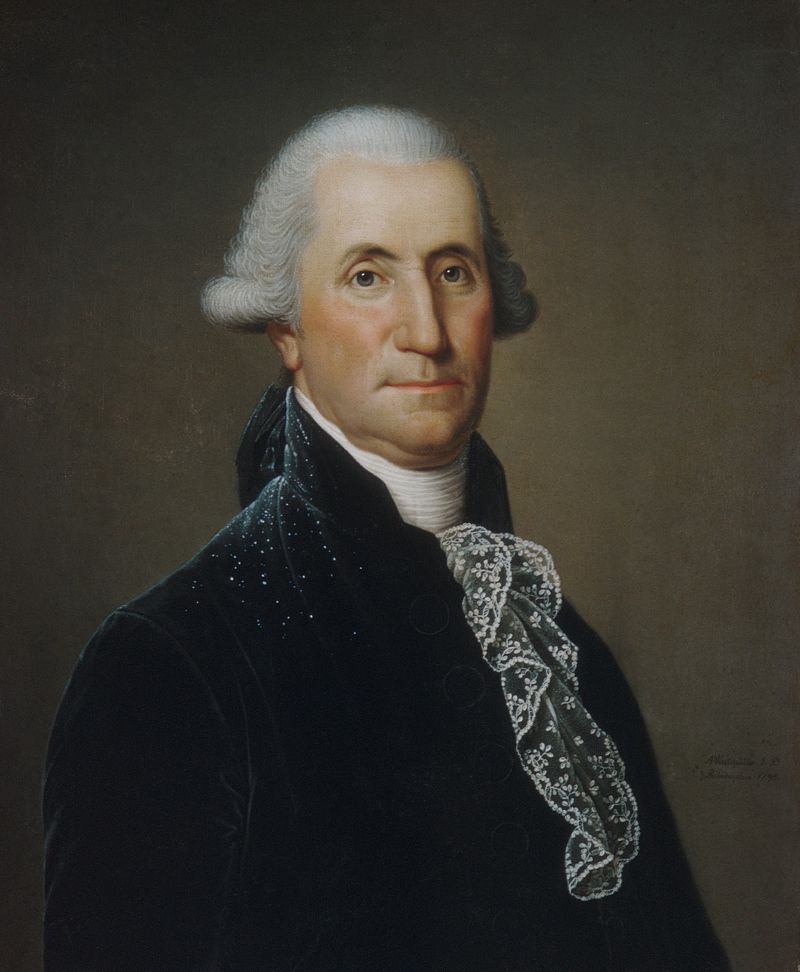
George Washington, the iconic first U.S. president, led a life filled with complex challenges, particularly in managing his enslaved workforce. Historians later uncovered documents detailing his struggles and ambivalence towards slavery, a contradiction to his public image.
These findings present Washington as a man grappling with the moral implications of slavery, reflecting the broader contradictions of a nation founded on liberty. His efforts to navigate these tensions offer a deeper glimpse into his character and leadership.
This nuanced portrayal of Washington enriches the historical narrative, highlighting his humanity and the ethical dilemmas that defined his era, prompting continued reflection on his legacy.

Comments
Loading…